Edo Era Japanese Homes At Osaka's Open-Air Museum of Old Japanese Farm Houses

In northern Osaka, travel back in time to the Edo Era at the Open-Air Museum of Old Japanese Farm Houses, a museum displaying traditional minka houses. Guests can also enjoy traditional cultural activities here and a beautiful seasonal landscape.
What is the Open-Air Museum of Old Japanese Farm Houses?
This article introduces the Open-Air Museum of Old Japanese Farm Houses in the town of Toyonaka in northern Osaka, an outdoor museum with 12 historical minka, or traditional Japanese farm houses from the Edo Period from all over Japan. It is a hidden but surprisingly popular location, as around 37,000 people visit each year, with around 3,100 of those visitors coming from outside of Japan.
Thanks to the effort of staff members and volunteers, the museum is still in operation and conducts meticulous preserving and improvement processes. Additionally, the building itself is used as a venue for events, studying, and film shooting for many historical movies and TV shows.
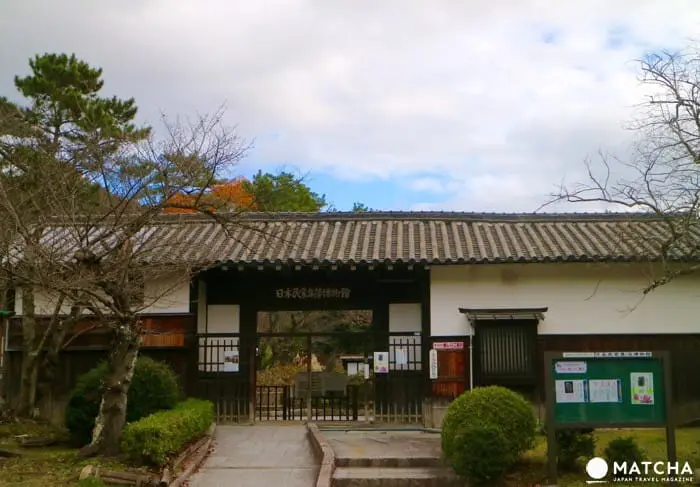
The reception is on the right side of the entrance to the museum, where you can purchase a admission ticket for 500 yen (for adults). The entrance door is also one of the exhibits of the museum, which has been moved from the house of the local town leader (shoya in Japanese) who had held their position for generations.
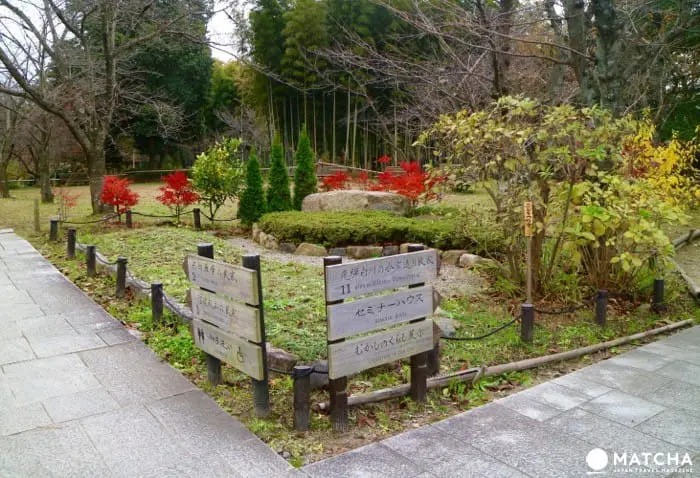
Upon entering the museum, you’ll notice guiding signs on to left and right, but this time we will cover the museum from a clockwise direction. You’re allowed to take pictures inside the structures, but be sure to be thoughtful of the exhibits as well as other visitors!

The first exhibit you’ll get to admire is the Hyuga Shiba Minka. It originates from the village Shiba in Miyazaki Prefecture, a secluded area of Japan. Here, you can see two buildings, the umaya, the horse stable, or naya (barn), in the foreground, and the omoya, or the house where the family lived, in the background. The narrowness of the structures suggest that they were originally built on a steep slope. You can also take a look at the inside of the building, but remember to take off your shoes before entering.

The next is the traditional house of Shinano Akiyama. It is originally from the northern area of present Nagano Prefecture. The standout feature of this minka are the walls. It is very rare to see "kayabuki," (*1) or thatching, on walls, in addition to a thatched roof.
*1 Kayabuki: Thatching using a special plant called kaya (cogon grass). Thatching was a traditional method of building in old villages in Japan.

The heat from the kamado (traditional furnace) was the main source of the heating in the house, and was spread through the dirt floor, used to help the families survive the cold winter days.
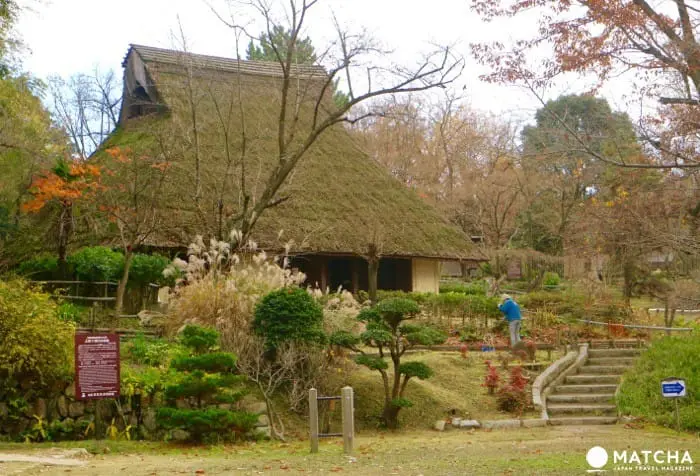
The house standing on this low hill is Echizen Tsuruga Minka, brought all the way from Fukui Prefecture. As one might expect in northern areas, the buildings are sturdy and built to withstand the harsh winter conditions with heavy snow and are supported by thick pillars and beams.

We had the luck of someone volunteer to light up the fire at the irori (fireplace). The hook used to hang the pot above the fireplace is called "jizaikagi" in Japanese. The fireplace wasn’t only used for food preparation. It had numerous other purposes, including being the source of the heat and the light in the house. It also helped drive out the insects (because of the smoke), and brought the family together, keeping it harmonious and happy.
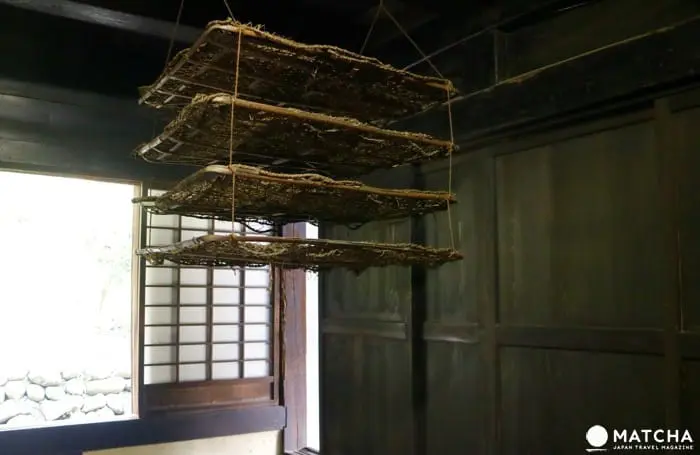
In the parlor, we could see the silk-threading (kaiko) shelves hanging from the ceiling, used for producing silk. Silkworm-raising was of immeasurable importance for the people of Japan.
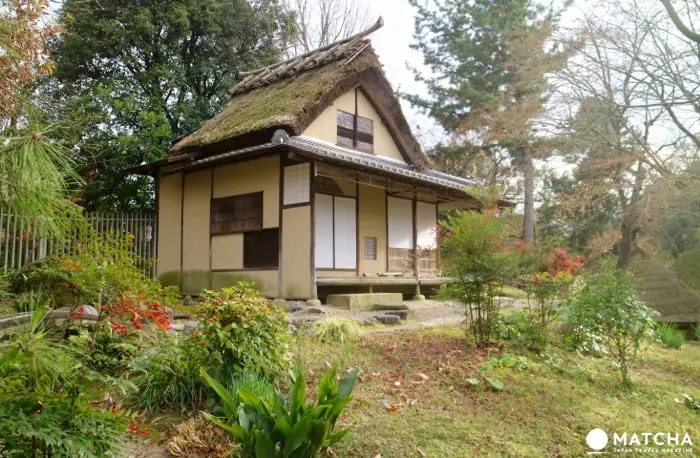
The Osaka Prefecture Kitakawachi Tea Room holds tea ceremony events.
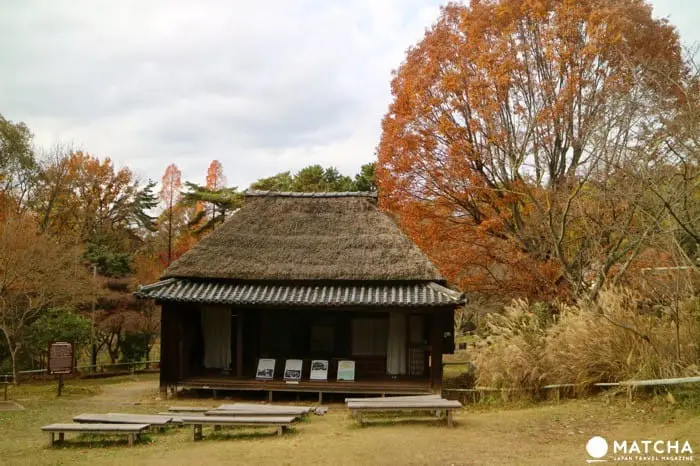
This is the noson-kabuki theatre from Shodoshima. We can imagine the local villagers gathering here to enjoy a kabuki performance.
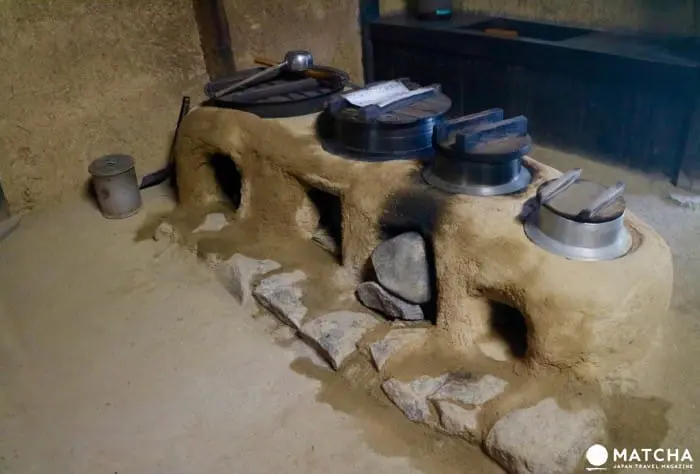
At the Settsunose Minka, you can admire the kamado displayed inside. Each hearth is different in size depending on its purpose, which included cooking, boiling water, and other functions.
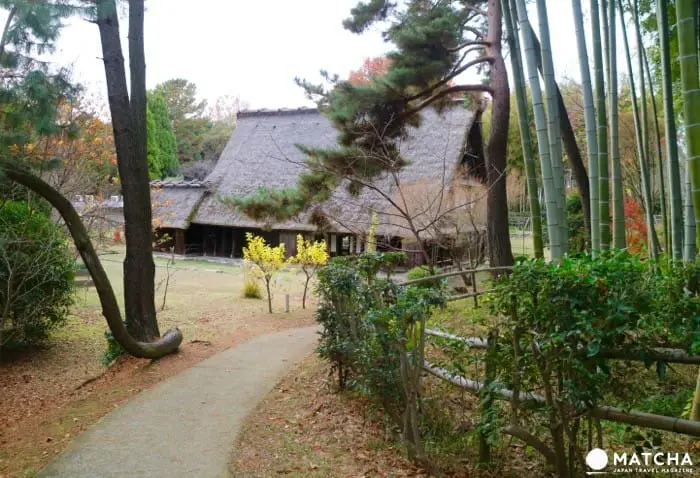
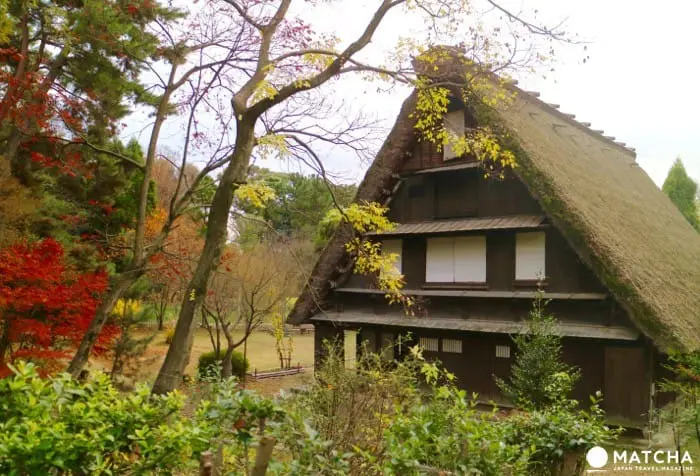
Next we visited the Hidashirakawa Minka house, distinguished by the peculiar gassho-zukuri style of building (gassho-zukuri is said to resemble the appearance of praying hands). The reconstruction of this particular house, which had sunken to the bottom of a dam, marked the beginning of the Open-Air Museum Of Old Japanese Farm Houses. As such, it has a special importance to the museum. The second and the third floor of this three-story house were once used for raising silkworms.
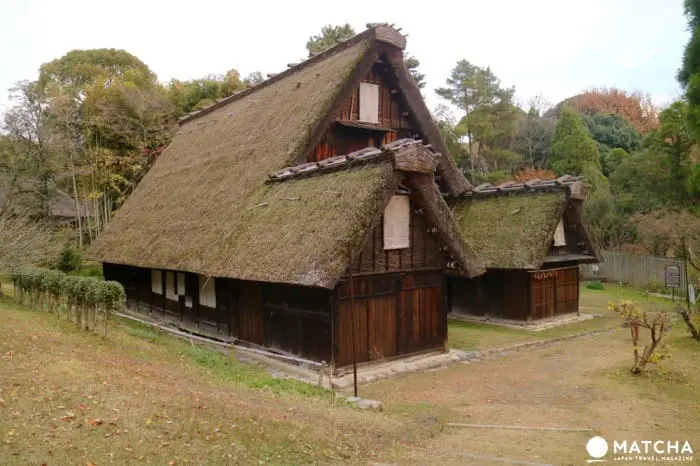
This is the view of the opposite side of the house.
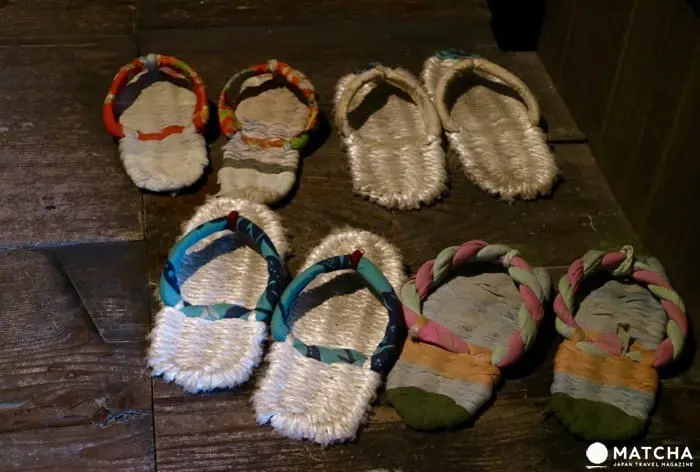
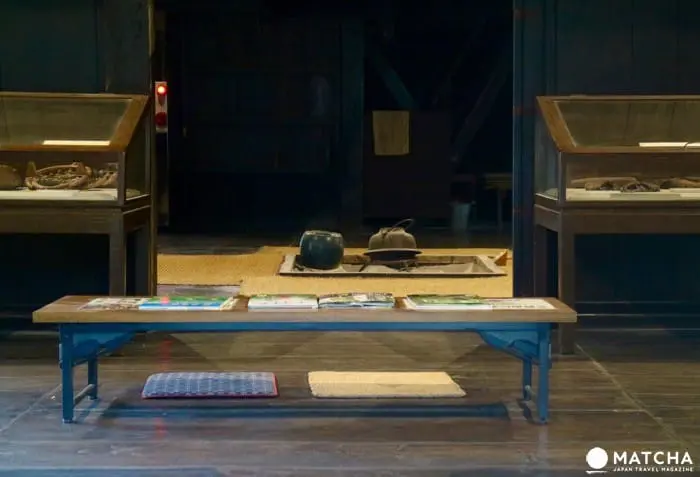
Guests can also view inside of the buildings as well. As we we entered, we could see charming wara-zori (straw slippers) lined alongside the usual ones, creating a warm and welcoming environment. This house also has an irori.



Of course, the beauty of this museum isn’t only found in the many interesting minka houses we introduced before. Visitors will also delight in the beautiful seasonal nature, like spring cherry blossoms, greenery in summer, autumn foliage, and wintery landscape and the nostalgic Japanese landscape of Buddhist jizo statues and rural scenery of crop fields. It will surely be a worthwhile experience to see how the people of the past led a lifestyle without the modern-age benefits like electricity and gas.
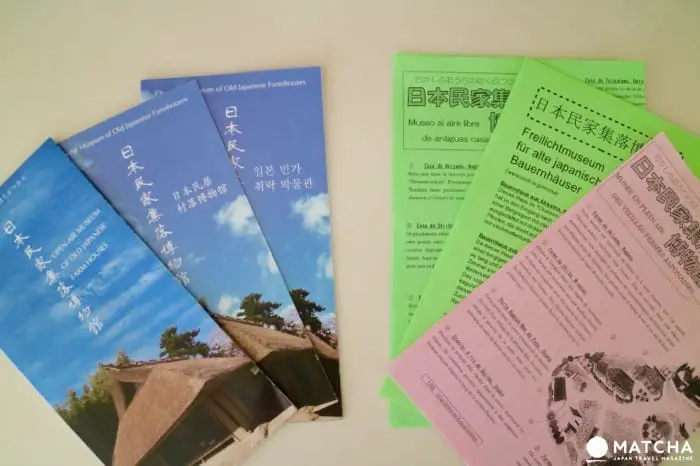
The museum is well prepared with language support. There are pamphlets in English, Chinese, and Korean, as well as leaflets in German, French, and Spanish available, so feel free to use them.
Available Activities
This museum allows its visitors to encounter the period of samurai, garnering international interest. In fact, a German television program once filmed here, resulting in many visitors from Germany becoming interested in Japanese irori.
In addition, guests can partake in activities regularly held inside of the museum, including a kimono-wearing event, tea ceremony, playing with traditional spinning tops, using traditional stone mortars, and other activities, and various other, and enjoy this fascinating place to the fullest, regardless of their Japanese skills.
Yukata-wearing (women and girls only): Every Tuesday (10:00-15:00) between May and September. The admission fee is 300 yen.
Traditional Spinning Top Playing: Every Saturday (13:30-15:30) between April and July, also during September. Admission is free of charge. In case of bad weather conditions, the event is canceled.
Activity information is current as of July 2018. Please note the activities and times are subject to change depending on the year.
For further information, please refer to the official website here: Open-Air Museum of Old Japanese Farm Houses (Japanese). The information on the events held in the museum and on the web pages is only displayed in Japanese.
Mr. Kojima, who works at the museum welcomed us today and introduced us to the museum. He invites everyone "to learn about the traditional lifestyle of the Japanese in the relaxed atmosphere of the museum, while appreciating the beautiful nature and its alluring flowers, changing with the seasons." We invite you to visit the outskirts of Osaka and go back in time and experience life in rural, historical Japan.
日本文化、特に絵画や工芸品が好き。福岡、京都、大阪、ベルギー、アメリカを経て現在は神戸在住。座右の銘は「住めば都」。








































![[Coupon Available] Attention Overseas Winter Sports Fans! Nagano's Sports Depot Has Evolved](https://resources.matcha-jp.com/resize/720x2000/2026/01/05-254819.webp)
![[2 hours from Tokyo ] 10 Quiet and Breathtaking Views of Mount Fuji in Yamanashi Hokuto City , Yamanashi - Part 2](https://resources.matcha-jp.com/resize/720x2000/2025/12/16-253037.webp)
